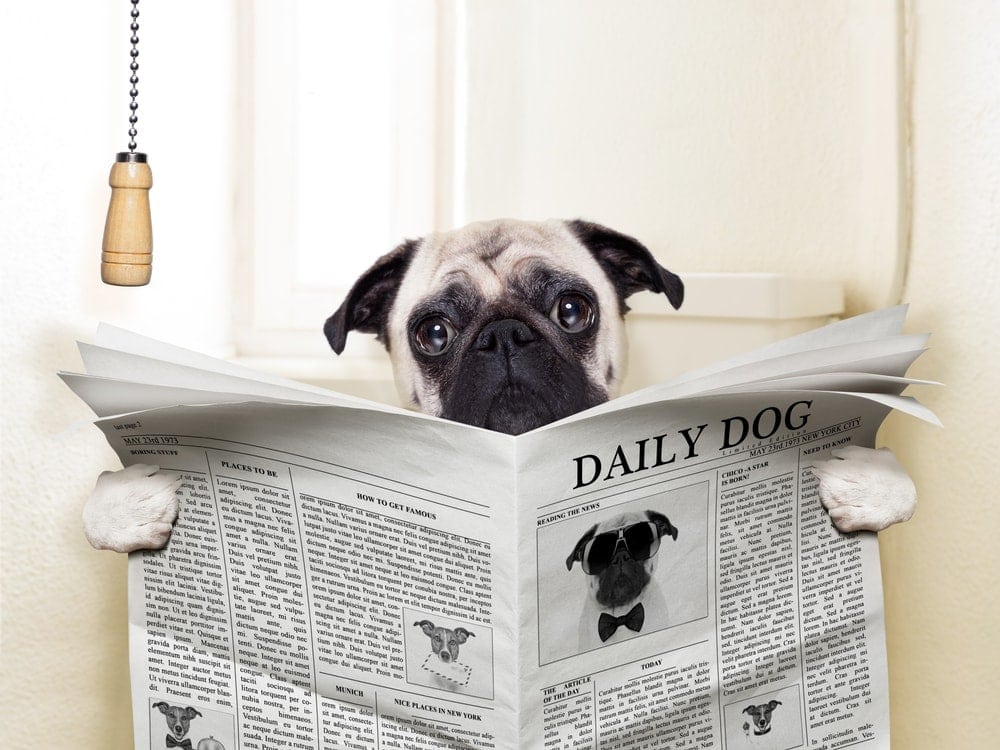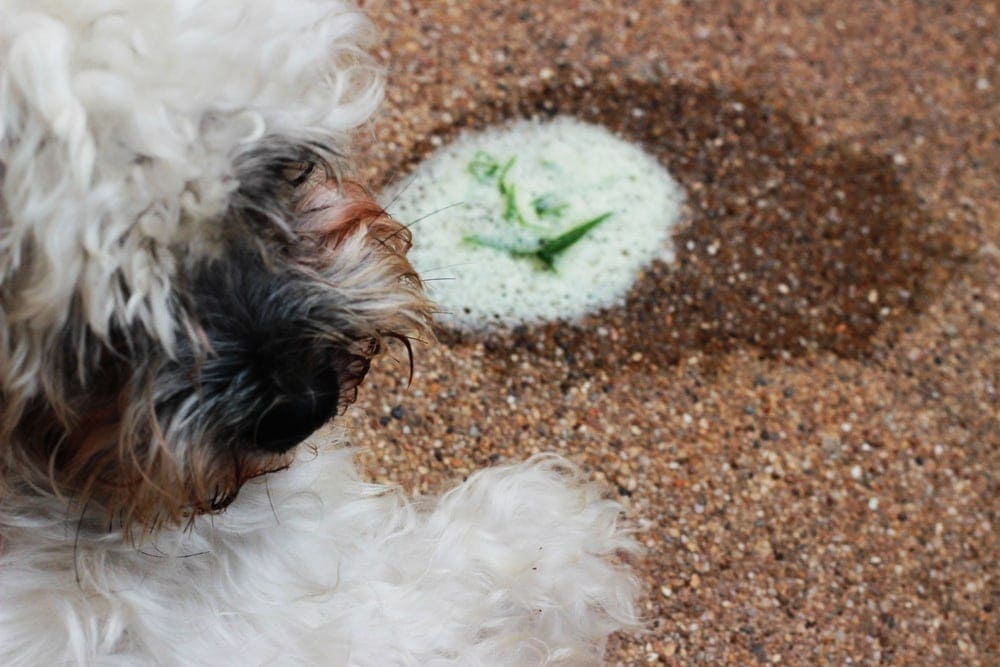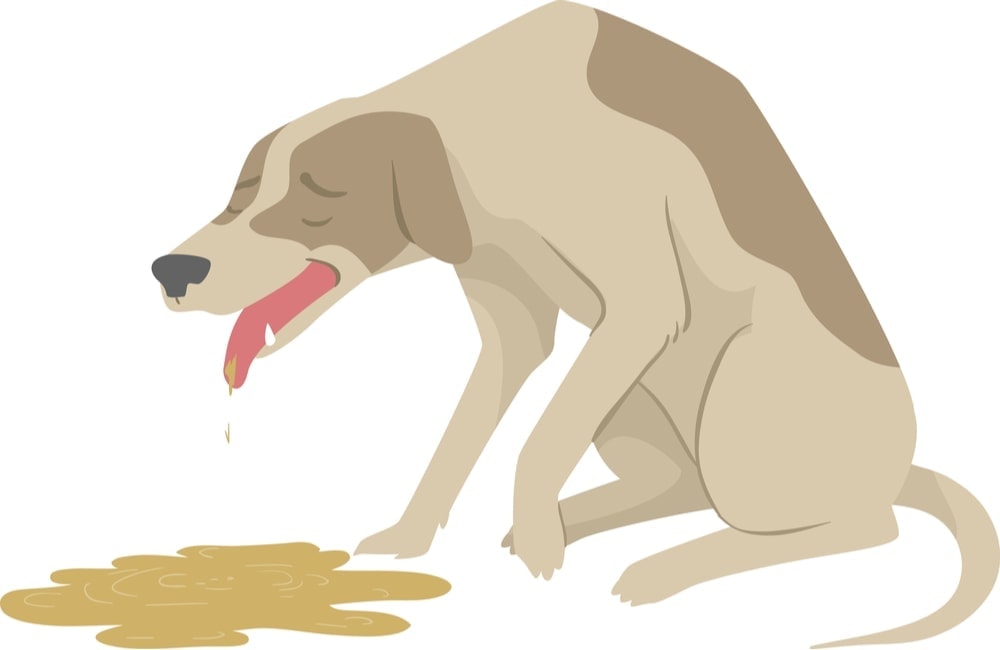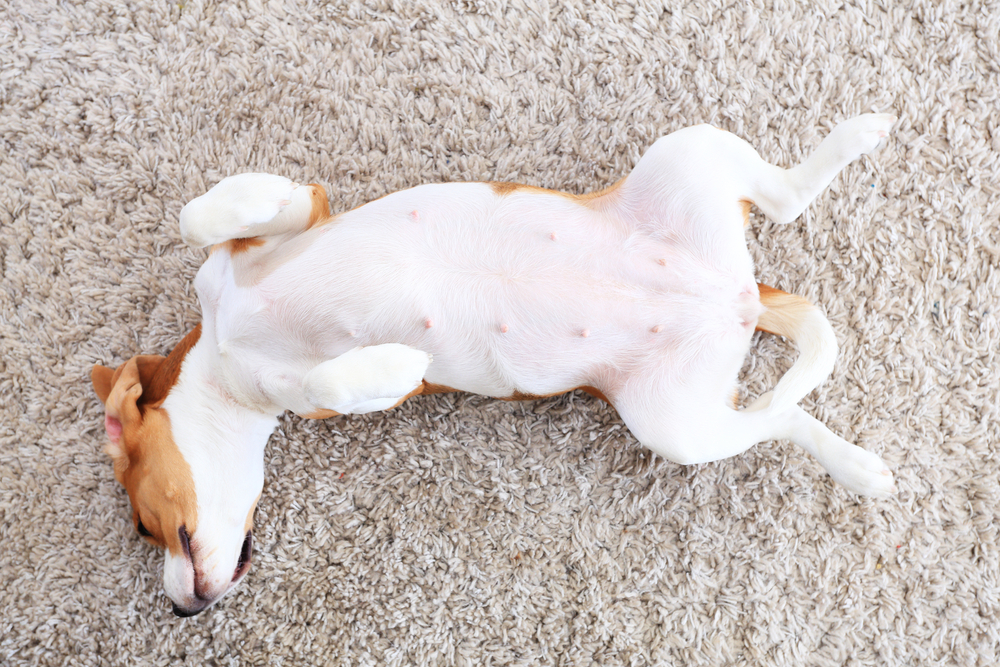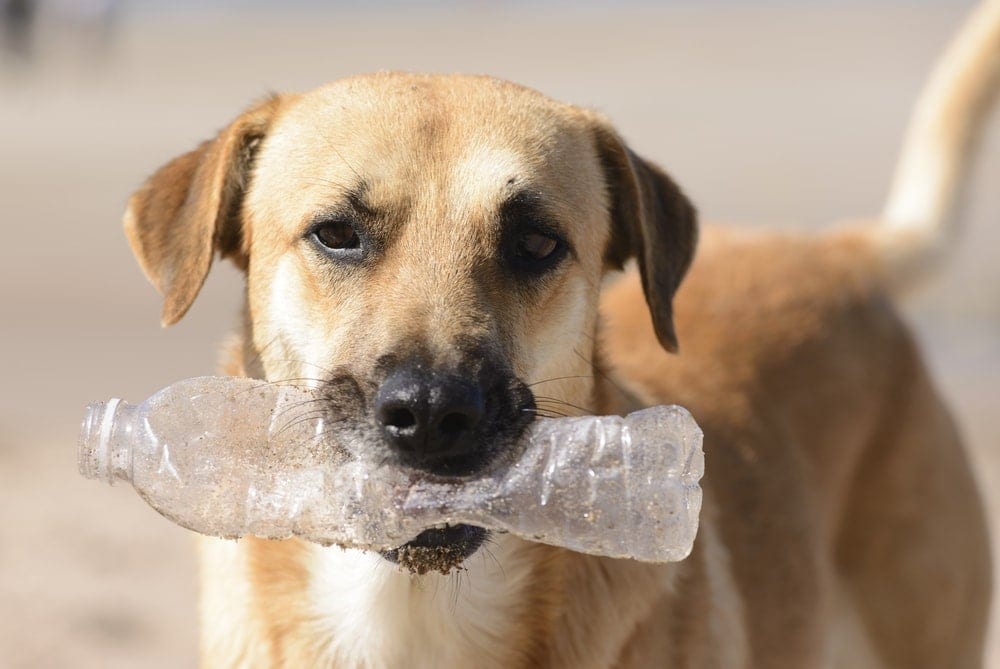A common question that many vets are asked is how big will my puppy get? Trainers, breeders, and pet store employees are often asked this same question.
This truly is an excellent question to ask as you need to know exactly how big your dog will become once they are fully grown. After all, you will want to plan accordingly to make sure that you have enough space in your home, as well as enough outdoor space if they are a large breed.
There are advantages to having both large and small dogs. Some people feel that larger dogs are better protectors, but others like small dogs because they are not as costly when feeding. Therefore, it is important for you to know how large a dog will be once they have fully grown.
The following will help you determine how big your puppy will get. We will provide information on how long it typically takes for a pup to grow, how the size of the dog is affected by the breed, and guestimate what the adult weight will be of the pup once it has fully grown based on its current weight.
By using the following guide, you will not have to play the guessing game of who small or large your mutt will be. Press here to go down to the puppy weight calculator.
Elements That Help Determine a Dog’s Size
It is common knowledge that a large breed will take longer to grow than a small breed. If you have toy-sized dogs, such as a King Charles Spaniel, or even a small dog, such as the Australian Terrier, can grow to full size in as little as half a year. Larger dogs, such as Great Danes, may take between 18 to 24 months to grow to full size.
Other factors that can assist you in determining the size of the canine once full grown include the following:
- Is the pup a female or a male? As a rule, males generally weigh more than females. This is because of sexual dimorphism, in which case different characteristics are shown depending on their sex. This not only includes their weight, but also their coloring, markings, size, and cognitive and behavioral differences.
- How big was the litter? If the litter is large, you may wind up with a smaller dog. Your dog’s growth will be influenced on how many brothers and sisters your pup had. Different breeds will have litter sizes that are smaller than others. For example, Labrador Retrievers tend to have on average a litter size of 7.6. Yorkies and Chihuahuas usually have between 2 to 5 pups, while the American Cocker Spaniel generally has between 3 to 7. A great span of litter sizes can occur in a dog breed, such as the Bullmastiff, who has anywhere from 5 to 13 pups. However, it should be noted that smaller breeds can have large litters. Considering that the Pekinese weighs between 7 to 14 pounds, one would think they would have a small litter. But it is not unusual for this breed to have as many as 10 babies at once!

Litter sizes can also be affected by the age when the dog becomes pregnant. The older mama is, the smaller the litter generally will be. The age of the dad can also be taken into account. The older a male dog is when he is bred, the less likely it will be for the sperm to fuse to the female’s eggs. On average, a male is best when bred between the age of 1.5 years to 5 years old.
- How big are their parents? By looking at how big the pup’s mom and dad are will give you a better idea of how large the dog will be. If your Golden Retriever’s mom weighed 60 pounds and the dad weighed 65 pounds, you will probably have a smaller Golden Retriever, as most females weigh between 55 to 71 pounds and males weigh between 65 to 75 pounds. By looking at the parents, it allows you to make a fair judgment on how big they will be, especially if they are mixed breeds.
- What was the age when they were desexed? Neutering a male will have a large impact on their size. Many vets feel that when the hormones are removed, the bones keep growing as they are not able to intercept the message that they should stop growing. This will give your pup extra height. Many dogs that have been fixed when they are younger will have longer bones than those that were fixed at a later stage in life.
- What breed of dog are they? This will help you determine approximately how large they will be. After all, there is no such thing as a large Papillion or a toy Bernese Mountain dog. Therefore, you can estimate how big they will be by taking into consideration what their normal weights are. A Boxer generally weighs between 60 to 71 pounds for a male. You could estimate that your Boxer will be within this, plus or minus a few pounds.
- What are they eating? From their very first feeding, until they are weaned, it is important for them to drink mama’s milk. This is because it is full of fat and protein that a pup needs. If the canine does not have enough milk, its growth could be stunted. While the pup is being weaned and afterward, he should have access to dog food that is of high-quality. All nutritional aspects that your dog needs should be met with this food. Once your dog has grown to the “teenager” stage, make sure you are feeding them the correct blend of food for their life stage so they can continue to grow big and strong.
- How much exercise are they getting? If a pup has overexerted themselves while running and playing, it may cause injury to them. Their skeleton can sustain damage, which could possibly mean they will not grow as large.
- What is their current environment like? If they are a larger breed of dog, do you have a large enough space for them to run and frolic?
How to Predict Your Puppy’s Size
If you are not certain how large the mother and father of your pup are, one method that some vets will use is to look at the size of your canine’s paws. If your pup is still young but has huge paws, it is said that they have a lot of growing to do to catch up to their paw size.
However, some vets are not set on this idea. They feel that the large paws have just grown faster than the rest of the body and eventually, the body will catch up to the paws.
Toy and Small Breeds
A good rule for predicting toy and small breeds size when they get older is to take their weight when they are six weeks old and double it twice. So if your small pup was 1.5 pounds at six weeks, they will have an estimated adult weight of 6 pounds.
Medium and Large Breeds
For medium and large breed dogs, you will need to wait until they are 14 weeks of age to predict how large they will be when they are adults. This formula is taking the 14-week weight and doubling it. Then you add half their 14-week old weight to this to get their estimated adult weight. Therefore, a pup that is 21 pounds at 14 weeks of age will be estimated to weigh 52.5 pounds (21 x 2= 42 pounds plus 10.5 (half of 21 pounds).

Formula For Determining a Puppy’s Size When You Don’t Know Their 6 Week Weight
In some cases, you may not know the weight of the dog at 6 weeks. However, you can use this formula to still see how large your pup will be at adult size.
You will need to take your canine’s weight at a specific age, dividing it by his age in weeks. Then multiply that by the number of weeks in a year (52). This will provide you with the dog’s ideal weight. For small dog breeds, you will use their weight at 12 weeks, while medium dogs should use their weight at 16 weeks. Large breeds will need to use 20 weeks for this. Let’s say your small dog breed is 3 pounds at age 12 weeks. Take 3 pounds and divide it by 12. This equals .25. Then take .25 and multiply it by 52. This equals 13. Therefore, it is predicted that your small dog breed will weigh 13 pounds once they are fully grown.
Puppy Weight Calculator
In Conclusion
When it comes to pups, there is not a one size fits all guide. Just the same as humans and their sizes and races, you can not contain one breed to a single size. While all dog breeds have an expected weight, it is not unusual for some to stay below this weight, while others may exceed the weight. However, you can predict approximately how large your mutt will be based on the information that is listed above.
Sources:
- Dog Growth Standard Charts – PMC
- Growth in Dogs – PetMD
- When Does My Puppy Finish Growing? – AKC



